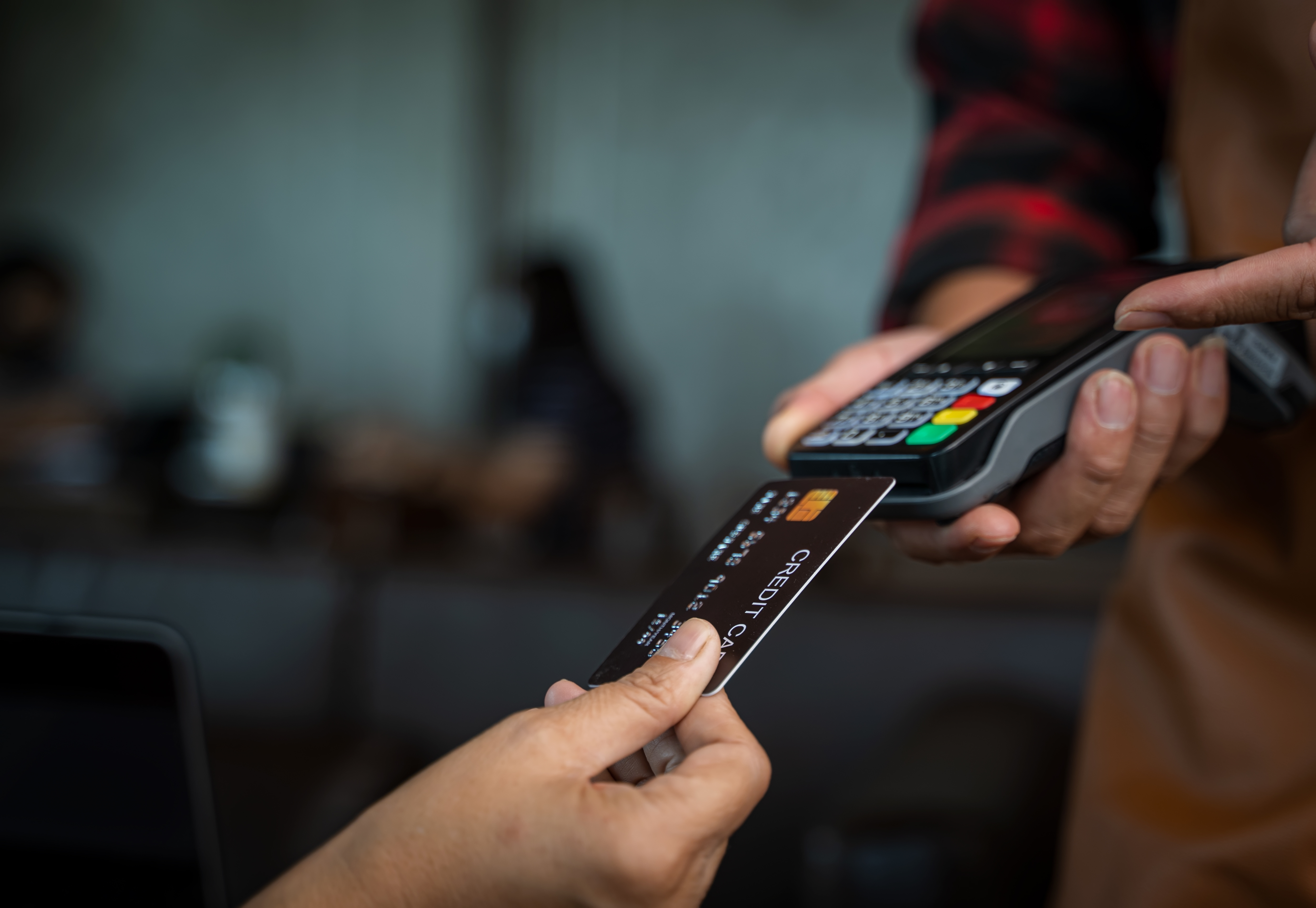
Point of Sales IoT connectivity
Reliable cellular POS
connectivity right out of
the box for a friction-free
customer experience
Get your merchants up and running faster anywhere and everywhere with multi-network POS connectivity via a single SIM.
Never miss a payment with reliable
IoT connectivity right out of the box
Connectivity right out of the box
The number one issue merchants face in setting up their POS devices is connectivity. Time spent troubleshooting connectivity diminishes their customer experience and inflates your customer service operations costs.
With the emnify IoT SuperNetwork, merchants receive POS connectivity to the leading local networks in your location right out of the box. Get merchants up and running faster with instant reliable connectivity in every location, managed via one SIM and platform.
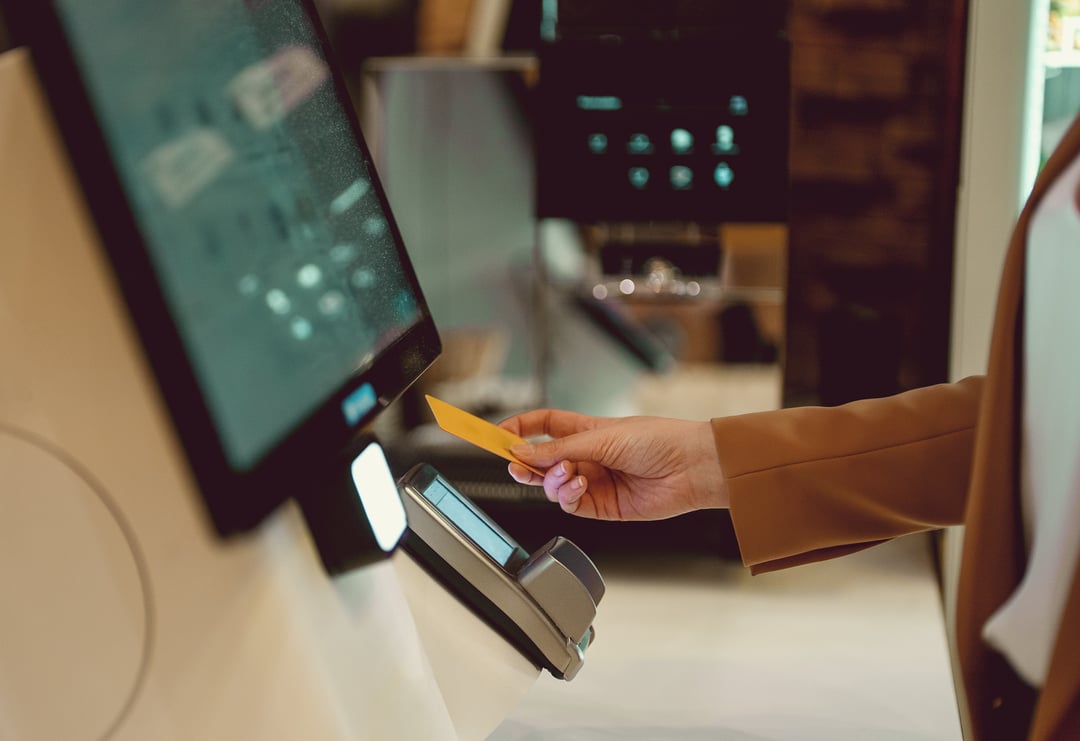
Reliable IoT connectivity
No two POS deployment environments are the same, whether it's a restaurant with indoor and outdoor seating, a stadium with 60,000 spectators, or an EV charging station on a remote highway. All face differing connectivity challenges and are heavily reliant on the ability to execute swift transactions reliably at any given moment.
Cellular connectivity from a single network operator partly alleviates these challenges by providing near-instant connectivity right out of the box. However, what happens when your single network operator does not offer reliable connectivity at a merchant's location? What happens when 60,000 spectators are using the same network as your POS devices and connectivity becomes unreliable? We speak with many customers who face the issue of 'spotty' or unreliable coverage from their existing single network operator, forcing them to source and manage multiple operator relationships to connect their merchants in all locations.
The SuperNetwork offers access to all of the leading networks in your country from a single SIM to ensure that no matter where your POS devices go, reliable connectivity is not an issue.
Find the best coverage options for your POS systems now via our SuperNetwork coverage map.
IoT connectivity for every
POS use case

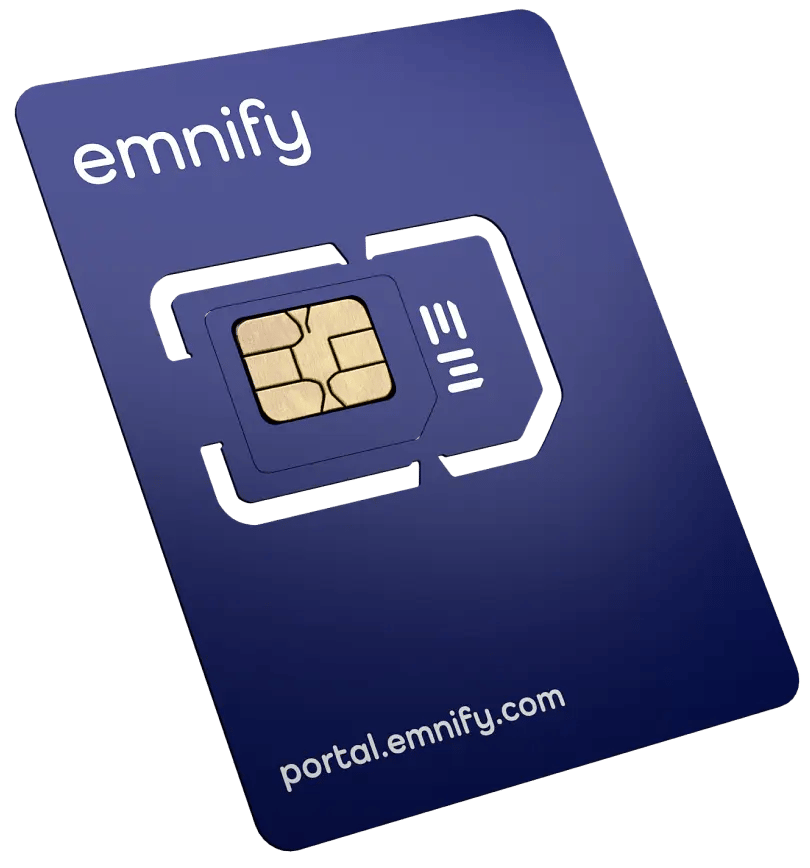
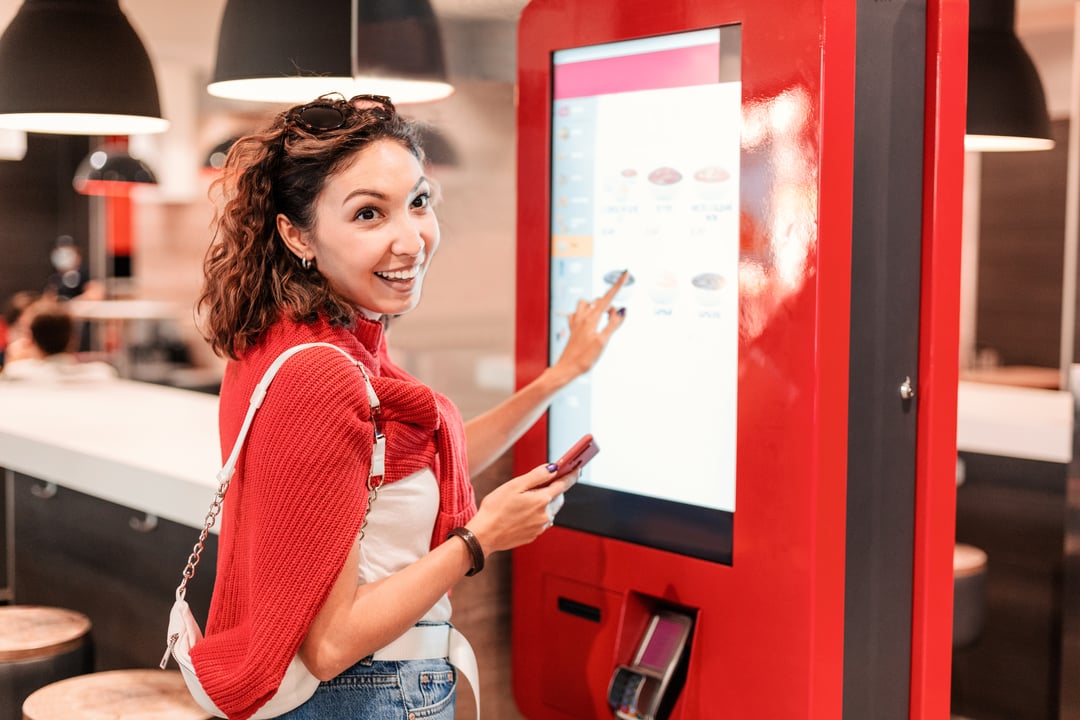
2000+ POS devices connected via the SuperNetwork
Italian payment experts Alberici specialize in designing, manufacturing, and commercializing automatic payment systems. With over seventy years of industry experience, Alberici has delivered a wide range of automatic payment solutions to professionals in the industries of amusement, gaming, vending, carwash, and self-service laundries.
Today, emnify provides Alberici with a robust and efficient connectivity solution for remote management of over 2,000 payment machines.
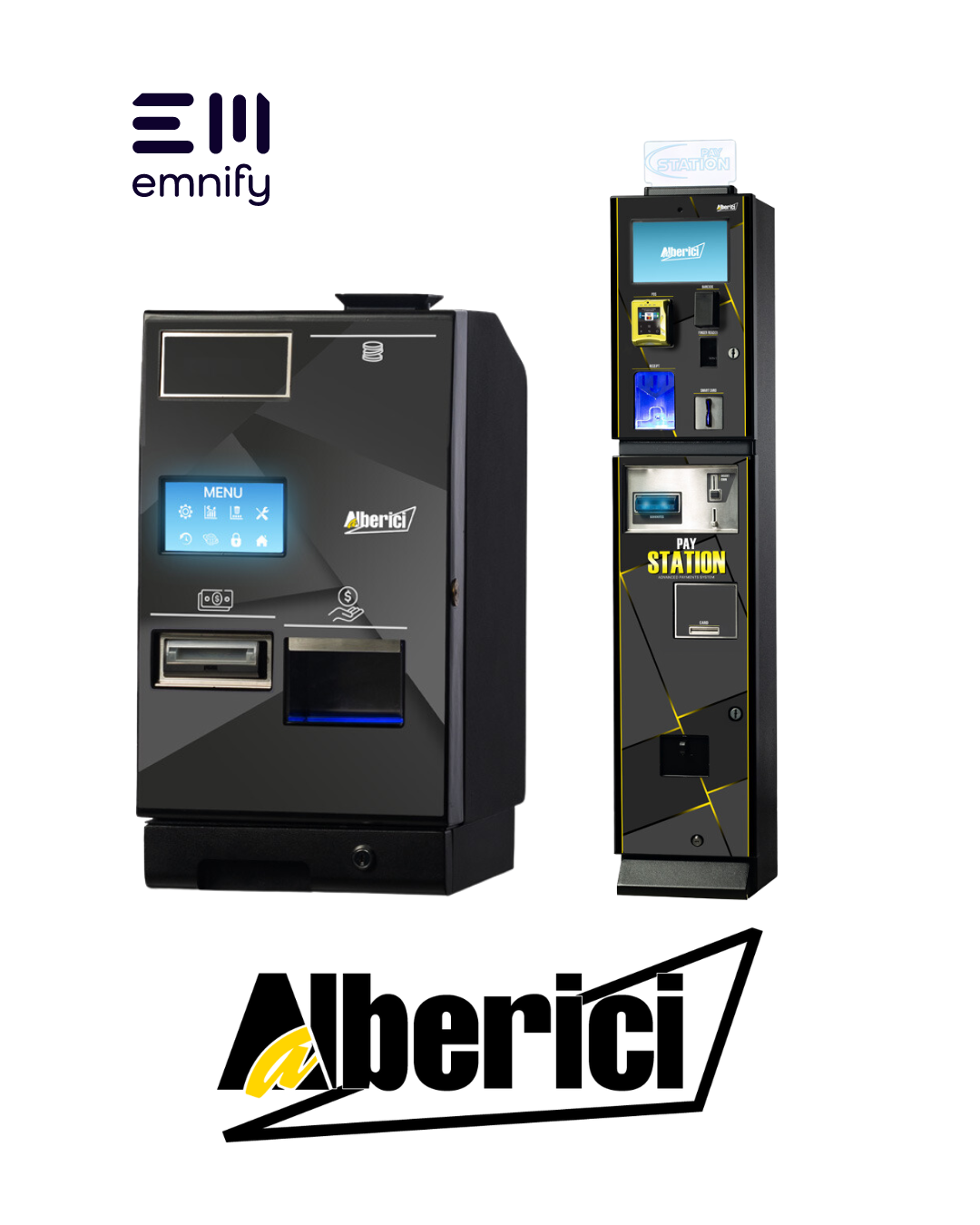
Deliver your best customer experience with IoT connectivity that meets the unique needs of your point of sales systems
Redundant, local multi-network IoT connectivity so your merchants never miss a payment
Without reliable connectivity, reliable transactions are not possible. The SuperNetwork ensures your POS devices stay connected:
- Automated switching across leading networks in all of your POS locations
- Simplify SKU management with a single eSIM to produce and ship devices globally
- No network steering - always use the best available cellular network right out of your box
- 2G, 3G, 4G, 5G, LTE-M, NB-IoT, and satellite NTN connectivity
Managed in a single platform for reduced operational complexity
Reduce complexity in your POS operations by managing all devices across all networks from a single platform:
- Automate your SIM lifecycle from global provisioning to activation, configuration, and deactivation
- Troubleshoot remotely across all networks to reduce field visits
- Integrate all SuperNetwork features into your own applications with limited development time via no-code Zapier integrations and GraphQL APIs
Detailed network insights give you more control over your devices and data
Granular data insights across all SIMs to collect, aggregate, and analyze network data. Take control and take action on connectivity issues as they occur:
- Real-time device and network data across all networks via Data Streamer
-
Live packet capture/flow logs, real-time radio network signalling events and charging events, real-time status and health for all radio networks and detailed real-time incident and recovery time information
Prevent security threats and data thefts
The SuperNetwork comes with built-in reliable and comprehensive security for IoT devices and data, increasing the level of protection for your SIM and IoT data transmissions with features such as:
- AWS transit gateways and Azure IPsec for end-to-end encrypted and direct data routing
- IMEI lock to lock SIM to devices in order to avoid tampering
IoT expertise and support across time zones
Benefit from the expertise of dedicated IoT professionals, available in your time zone. Our team provides quick support, troubleshooting, and resolution of issues, ensuring your connectivity experience is uninterrupted and consistently effective.
Eliminate the frustration of extended wait times or getting passed from one department to another. Our team of experts combined with our advanced network infrastructure is designed for real-time analysis to get your devices connected faster.

Let's talk about your POS connectivity
Further relevant IoT connectivity resources
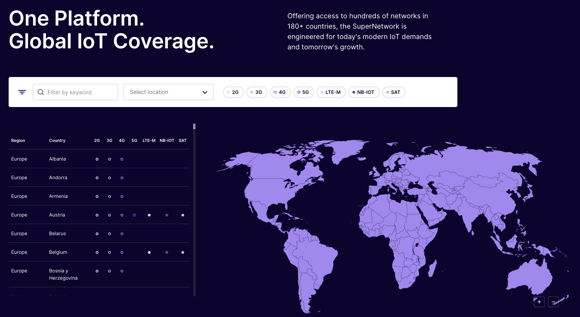
Explore which networks are available in your regions

Learn about how emnify's IoT eSIM unlocks the SuperNetwork
Our carrier-agnostic IoT SIMs have access to multiple leading networks wherever you deploy. Expanding into new countries? You’ll never need to negotiate or integrate with new providers.

IoT case study library
Want to read more about how the SuperNetwork is enabling uses cases in other industries? Check out our case study library to learn about the SuperNetwork in action.